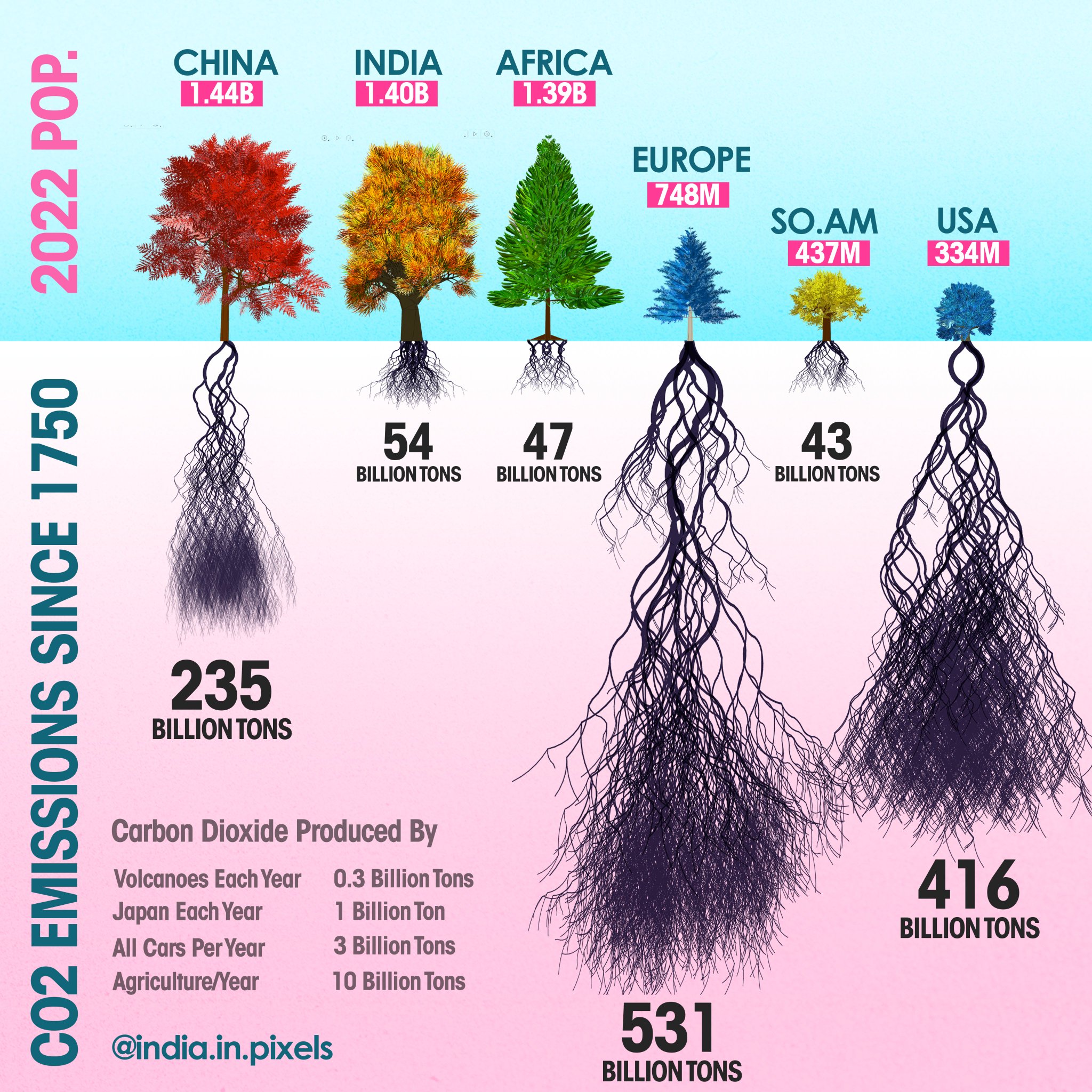FOR almost two months, warnings were being sounded by experts about the impending water shortages in the country. The prognosis was expected after the country received 26pc less snowfall last winter compared to previous years, followed by a completely dry spell in March and April. That the slower melting of glaciers would intensify the shortages had not been taken into account.
Read: Water crisis on horizon as snow melts at snail’s pace
Together, these factors meant that Pakistan’s rivers would run dry. In fact, the two largest reservoirs, Tarbela and Mangla,
hit dead level much earlier than expected. Thus, it is not surprising that the lower riparians in southern Punjab and Sindh are facing their worst shortages in decades, with water from the mighty Indus reduced to 40pc of its normal flow.
Pictures of swathes of parched agricultural land and livestock carcasses dotting the bone-dry bed of the Indus in parts of Sindh and south Punjab underscore the severity of the crisis that farmers are struggling to handle. The situation is precarious as a very large number of people in the affected districts are on the verge of losing their crops and animals.
Worried about their crops, livestock and looming hunger, smallholders are
staging protests in Sindh. There have also been isolated reports of attacks on Sindh irrigation staffers by angry farmers. The worst part of the story is that even when the glaciers start melting in the next few days, filling rivers and dams, and the monsoon season sets in, most affected farmers will not be able to recover their livelihood losses.
It is almost certain that the current water shortages will persist beyond summer into winter and we may not have enough water for the Rabi crops, especially wheat, in the reservoirs, putting food security at risk.
The current situation is just another reminder that Pakistan may become the most water-stressed nation in the region by 2040 because of multiple factors, including climate change, population explosion, mismanagement of the water economy, primitive irrigation practices, an obsolete water transmission infrastructure, lack of reservoirs, etc. The country already ranks 14th among the 17 ‘extremely high water-risk’ regions in the world, a list that includes hot and dry countries like Saudi Arabia.
Pakistan’s water troubles are not confined to surface water. Groundwater resources are also severely overdrawn for irrigation. Yet no government has shown any urgency to deal with the formidable challenge to food and the long-term economic security of the country’s 220m residents.
Read: Sindh on the verge of running dry
The present crisis should be a wake-up call for federal and provincial authorities. It is time they took stock of Pakistan’s biggest existential challenge and crafted holistic policies to improve governance in the water sector, built reservoirs for times of shortages, and improved the water transmission infrastructure.
The authorities must realise that we are running short of time and options, just like we are running out of water.
Published in Dawn, May 14th, 2022
The current situation is just another reminder that Pakistan may become the most water-stressed nation in the region by 2040.
www.dawn.com













